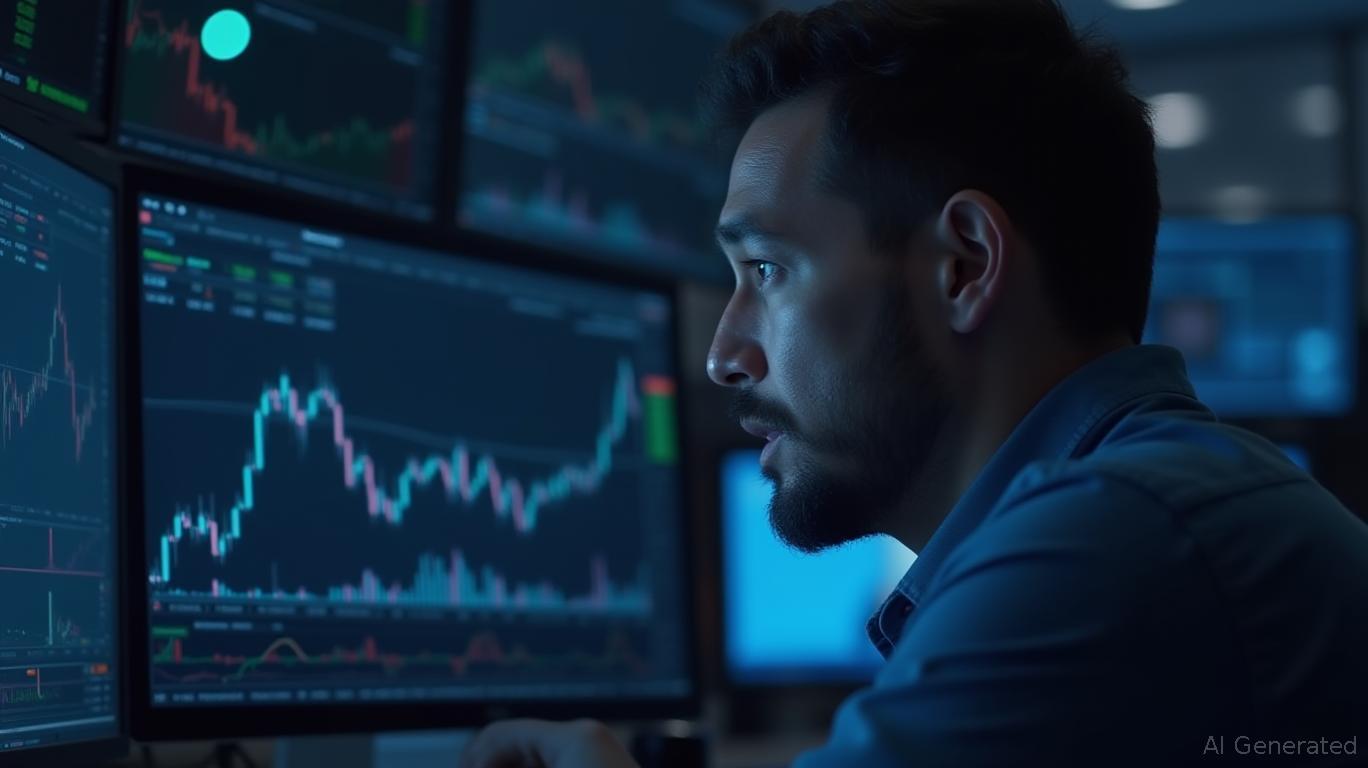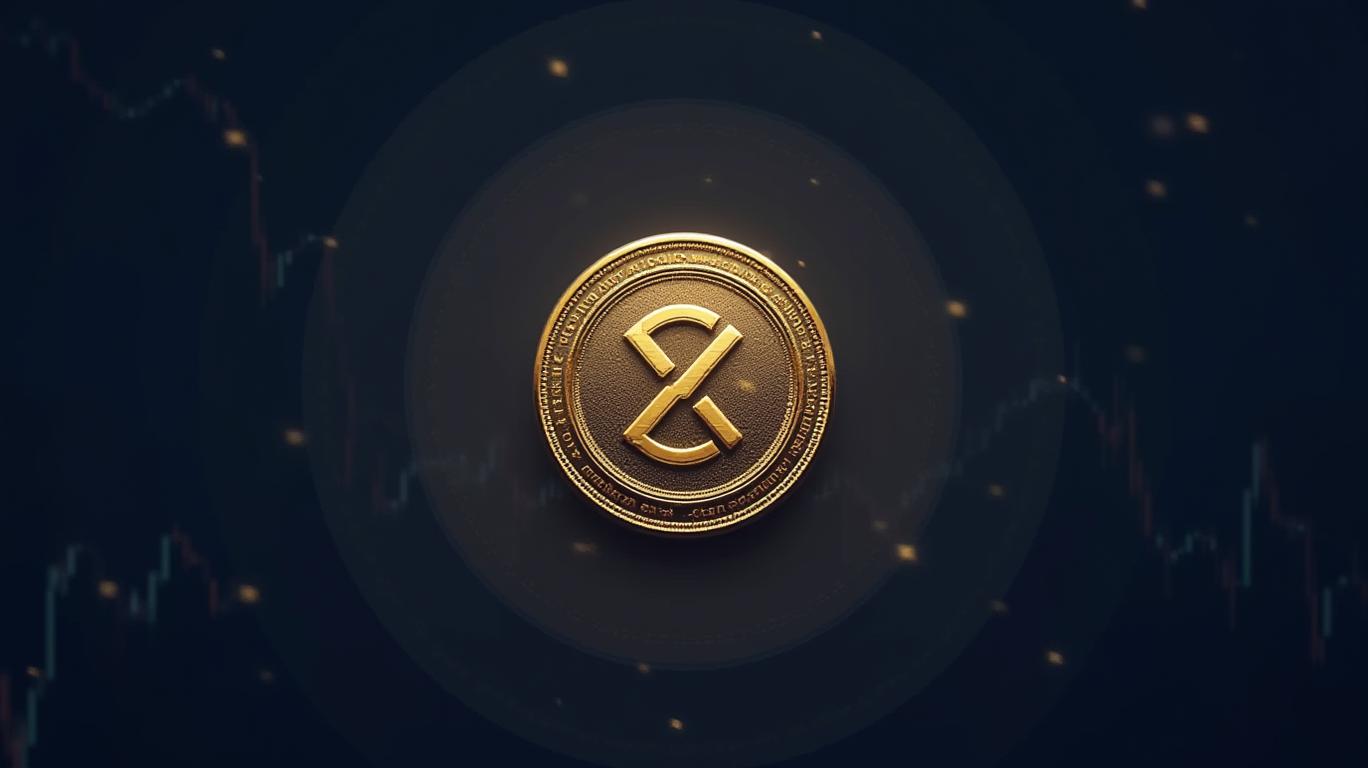"Chainlink's [LINK] Dramatic Drop: Dip-Buy Opportunity or Trap?"
Chainlink's [LINK] recent market-wide correction has been significant, with a double-digit weekly drop. The asset is now nearing a key support zone that has sparked substantial rebounds in the past. However, with uncertainty high, investors are questioning whether this is the perfect "dip-buy" opportunity or a trap waiting to snap.
At present, LINK is down 34.5% from its mid-December high of $30, with the Relative Strength Index (RSI) stuck in neutral territory. The buying frenzy seen post-election, when volumes surged past $8 billion, is nowhere to be found, with trading staying below $1 billion all week. While a return to the previous high may not be likely in the near future, January has shown that LINK has bounced strongly around its current price. If history repeats, there could be a 40% upside potential on the horizon.
Despite the slowdown in trading due to volatility, whales have been quick to snap up the dip. The supply held by whales has hit an 8-month high of 611.3 million, marking a nearly 4% increase since mid-December, just as LINK started to recover. In the past week, whale supply has increased by 0.54%. If this trend holds, the current $17-$19 price band could act as strong support, setting the stage for a 40% recovery. Keeping a close watch on this could be key.
However, this is a short-term play. For a long-term rebound, strong fundamentals matter, but broader market sentiment cannot be overlooked. With 1,659 daily $100K+ LINK transactions—the highest since 2023—and 9,531 active wallets, momentum is building. Once the sell-side pressure fades, Chainlink could target its $30 high again. The LINK/BTC pair posted its longest green candlestick, with a 22% daily gain, matching LINK's $30 high as BTC surged past $100K. The broader bullish sentiment pushed investors toward Chainlink, boosting its market cap to a three-year high of $18.32 billion.
For a sustained rebound, the broader market must recover. The crypto market cap is currently 13% off its peak. 










